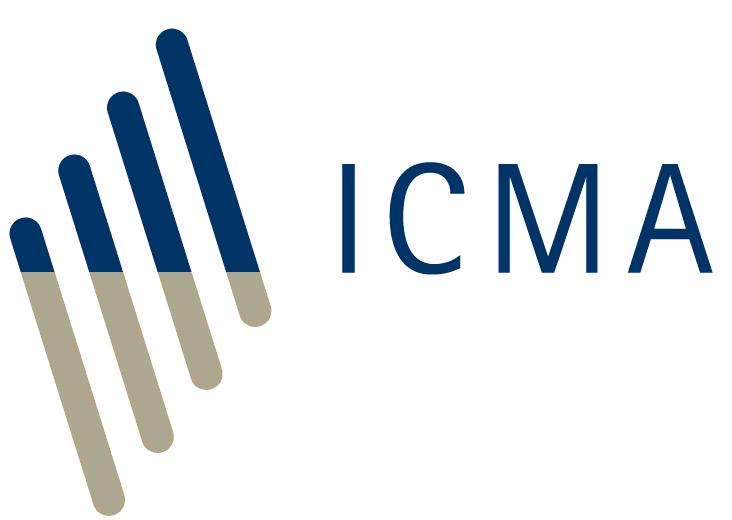Repo is a generic name for both repurchase transactions and buy/sell-backs.*
In a repo, one party sells an asset (usually fixed-income securities) to another party at one price and commits to repurchase the same or another part of the same asset from the second party at a different price at a future date or (in the case of an open repo) on demand.** If the seller defaults during the life of the repo, the buyer (as the new owner) can sell the asset to a third party to offset his loss. The asset therefore acts as collateral and mitigates the credit risk that the buyer has on the seller.
Although an asset is sold outright at the start of a repo, the commitment of the seller to buy back the asset in the future means that the buyer has only temporary use of that asset, while the seller has only temporary use of the cash proceeds of the initial sale. Thus, although repo is structured legally as a sale and repurchase of securities, it behaves economically like a collateralised or secured deposit (and the principal use of repo is in fact the secured borrowing and lending of cash).
The difference between the price paid by the buyer at the start of a repo and the price he receives at the end is his return on the cash that he is effectively lending to the seller. In repurchase transactions, and now usually in the case of buy/sell-backs, this return is quoted as a percentage per annum rate and is called the repo rate. Although not legally correct, the return itself is usually referred to as repo interest.
An example of a repo is illustrated below.

The buyer in a repo is often described as doing a reverse repo (ie buying, then selling).
A repo not only mitigates the buyer’s credit risk. Provided the asset being used as collateral is liquid, the buyer should be able to refinance himself at any time during the life of a repo by selling or repoing the assets to a third party (he would, of course, subsequently have to buy the same or a similar asset back in order to return it to his repo counterparty at the end of the repo). This right of use (often called re-use) mitigates the liquidity risk that the buyer takes by lending to the seller. Because lending through a repo exposes the buyer to lower credit and liquidity risks, repo rates should be lower than unsecured money market rates.
There is a definition of repo in the EU’s Securities Financing Transactions Regulation (SFTR) but this is incorrect and should not be used other than for the purpose of reporting under the SFTR. Article 5 of the SFTR defines a repurchase transaction as a transfer of ‘securities or commodities or guaranteed rights relating to title to securities or commodities where that guarantee is issued by a recognised exchange which holds the rights to the securities or commodities and the agreement does not allow a counterparty to transfer or pledge a particular security or commodity to more than one counterparty at one time’. In reality, there are no repos against guaranteed rights and true repos do not use pledges. In addition, SFTR incorrectly defines a buy/sell-back (see question 11).
* Repos are sometimes known as ‘sale-and-repurchase agreements’ or just ‘repurchase agreements’. In some markets, the name ‘repo’ can be taken to imply repurchase transactions only and not buy/sell-backs. Repurchase transactions are also known as ‘classic repo’. Under EU regulation --- along with securities lending, commodities lending and margin lending --- repurchase transactions and buy/sell-backs are types of ‘securities financing transaction’ (SFT).
** In the Global Master Repurchase Agreement (GMRA), the same or similar assets are described as ‘Equivalent Securities’. ‘Equivalent’ means assets that are economically but not necessarily legally identical (the same issue of securities with the same ISIN or, if the issue is divided into classes or tranches, the same class or tranche, but not the same part of that issue, class or tranche).
Back to Frequently Asked Questions on Repo contents page
Next page >>>
A repo not only mitigates the buyer’s credit risk. Provided the asset being used as collateral is liquid, the buyer should be able to refinance himself at any time during the life of a repo by selling or repoing the assets to a third party (he would, of course, subsequently have to buy the same or a similar asset back in order to return it to his repo counterparty at the end of the repo). This right of use (often called re-use) therefore mitigates the liquidity risk that the buyer takes by lending to the seller. Because lending through a repo exposes the buyer to lower credit and liquidity risks, repo rates should be lower than unsecured money market rates.







